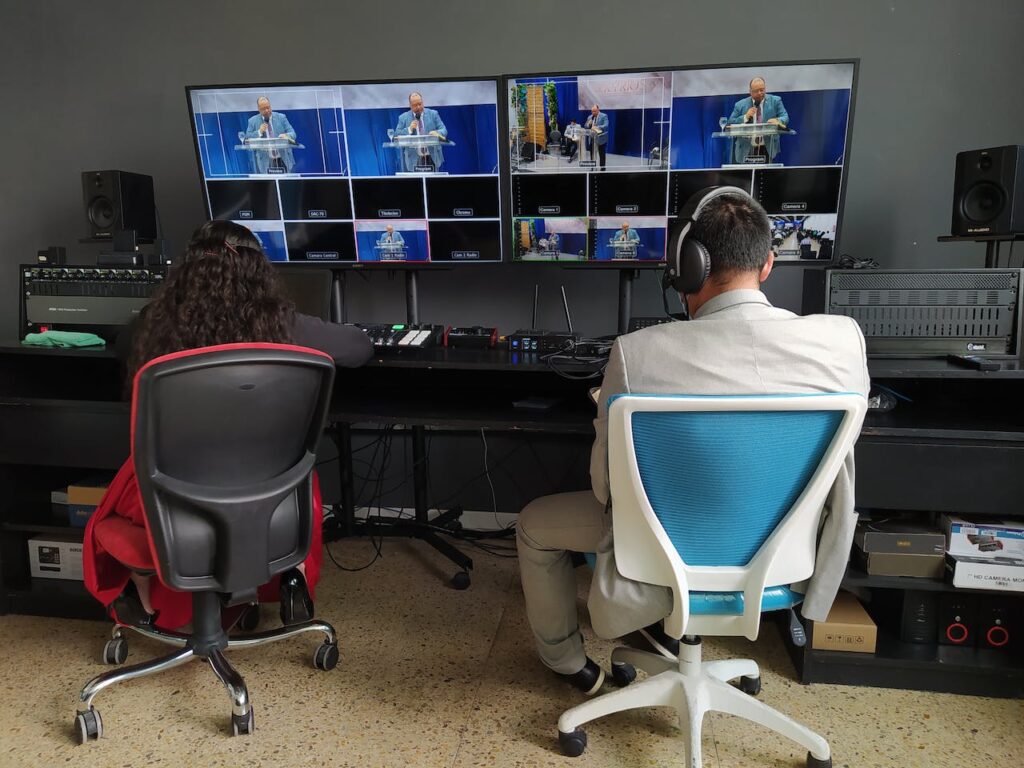Introduction
In the quickly evolving field of robotics, the ros robotics operating system, or ROS, has assumed an increasingly important role. Robotics Open Source (ROS), originally developed by Willow Garage, has evolved from a specialist tool to a cornerstone in the robotics industry. It is presently maintained by the Open Source Robotics Foundation.
History of Robotics Operating System
ROS traces its roots back to the early 2000s when researchers sought a standardized platform for building and sharing code in robotics projects.It has significantly advanced over the years, adding new features and enhancements with every release. As a tribute to the collaborative nature of open-source development, ROS continues to this day.
Key Components of ROS
At the heart of ROS are its fundamental components: nodes, topics, and services. Nodes represent processes that perform computations, while topics enable communication between nodes. Services, on the other hand, provide a request-response mechanism, facilitating a wide range of interactions within a robotic system.
ROS Architecture
The layered architecture of ROS comprises multiple levels, each serving a specific purpose. From the low-level hardware abstraction to high-level tools for visualization and analysis, the architecture provides a modular and scalable framework for developing robotic applications.
ROS Packages and Libraries
The strength of ROS lies in its extensive collection of packages and libraries. From navigation and perception to simulation and control, these packages empower developers to leverage existing solutions, accelerating the development cycle of complex robotic systems.
ROS in Robotics Research
In academia and industry, ROS has become the go-to platform for research and development in robotics. Case studies abound, showcasing how ROS has facilitated breakthroughs in areas such as swarm robotics, human-robot interaction, and medical robotics.
Advantages of Using ROS
Modularity and reusability are among the key advantages of ROS. The capacity to deconstruct intricate systems into digestible parts fosters cooperation and spurs creativity. Moreover, the strong community assistance guarantees that users may access a multitude of information and experience.
Challenges and Limitations
Despite its widespread adoption, ROS is not without challenges. Real-world problems with scalability, real-time processing, and hardware integration are frequently encountered by users. The community is working to overcome these constraints and improve ROS’s general functionality.
ROS in Commercial Applications
The impact of ROS extends beyond research labs, finding its way into various industries. From manufacturing and logistics to healthcare and agriculture, companies are leveraging ROS to develop cutting-edge robotic solutions that enhance efficiency and productivity.
Future Developments in ROS
Looking ahead, the future of ROS is bright. The community-driven development model ensures a constant influx of new ideas and improvements. Upcoming features include enhanced support for real-time systems, improved simulation capabilities, and tighter integration with machine learning frameworks.
Getting Started with ROS
For those new to ROS, a wealth of resources is available. Tutorials, documentation, and online communities provide a supportive environment for beginners to learn the ropes and start building their robotic projects.
Case Study: ROS in Autonomous Vehicles
Autonomous vehicle applications are among the most exciting uses of ROS. Because ROS is modular, it can be easily integrated with sensors, actuators, and AI algorithms, which is why businesses developing self-driving cars use it.
ROS and AI Integration
The synergy between ROS and artificial intelligence is transforming the capabilities of robotic systems. Integrating AI algorithms into ROS-enabled platforms opens up possibilities for advanced perception, decision-making, and adaptability in dynamic environments.
Security Considerations in ROS
As the adoption of ROS grows, so does the need for robust security measures. Addressing potential vulnerabilities and implementing best practices is crucial to ensuring the integrity and safety of robotic systems built on the ROS framework.
Conclusion
To sum up, ROS has become a key factor in determining how robots will develop in the future. Its vast package library, modular design, and active community make it a vital resource for companies, developers, and researchers alike. Undoubtedly, ROS will be crucial in opening up new opportunities in the robotics industry as technology develops.
FAQs
- Is ROS only used in research settings?
- No, ROS is widely used in both academic research and various industries, including manufacturing, healthcare, and autonomous vehicles.
- What are the key challenges when working with ROS?
- Challenges may include scalability issues, real-time processing constraints, and hardware integration complexities.
- Can ROS be used by beginners in robotics?
- Yes, ROS provides resources and tutorials for beginners, making it accessible to those new to robotics.
- How does ROS contribute to the development of autonomous vehicles?
- ROS facilitates the integration of sensors, actuators, and AI algorithms in autonomous vehicle systems, enabling advanced functionalities.
- What is the future outlook for ROS?
- The future of ROS looks promising, with ongoing developments focused on real-time support, improved simulation, and enhanced machine learning integration.
